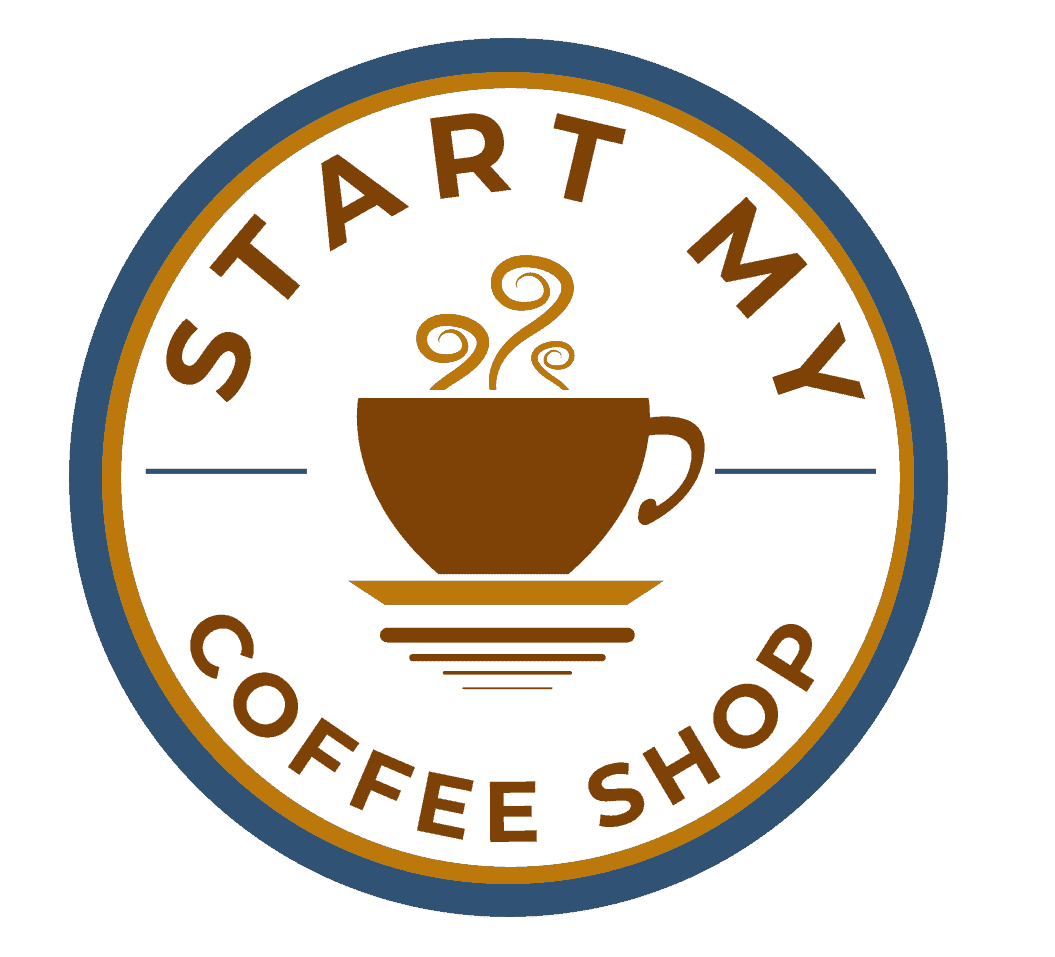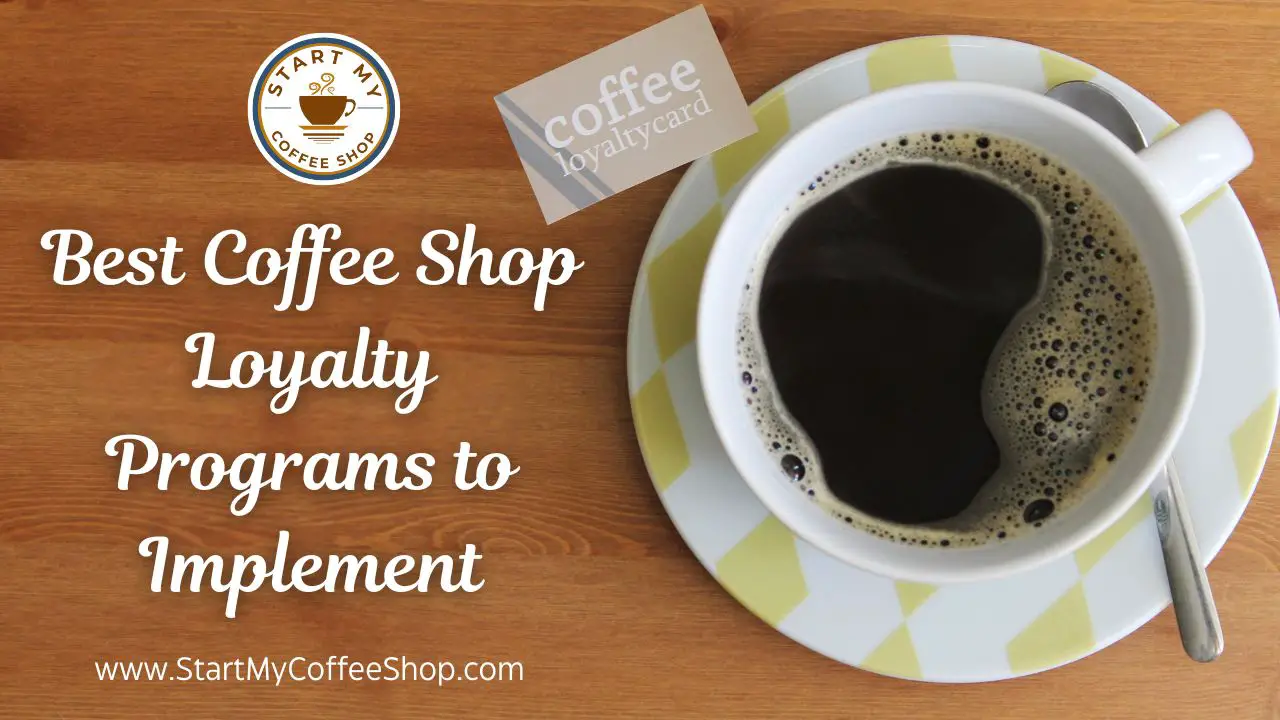Starting a coffee shop is an exciting venture that requires careful planning and strategizing. One crucial aspect of developing a comprehensive business plan is determining the pricing strategy for your coffee shop. Pricing plays a vital role in your profitability, customer perception, and overall achievement.
Pricing for menu items should consider factors like ingredient costs, labor expenses, overheads, desired profit margins, and market competition. Conducting a cost analysis and market research will help you find the right balance. Find the right balance between costs, competition, and customer value.
In this article, I will explore key considerations and strategies to help you develop an effective pricing plan for your coffee shop business.
Understanding Cost Structure
Before implementing pricing strategies for your coffee shop business plan, it is crucial to have a solid understanding of its cost structure. This entails carefully examining the various expenses associated with running your coffee shop. Consider factors such as rent, utilities, employee wages, ingredient costs, equipment purchases or leases, marketing expenses, and overhead costs.
To determine the optimal pricing for your products, conduct a thorough analysis of your fixed and variable costs. Fixed costs include expenses that remain constant regardless of your sales volumes, such as rent or monthly subscriptions. Variable costs, on the other hand, fluctuate with your sales volumes, like ingredient costs or wages based on staff hours. By clearly identifying these costs, you can calculate the minimum amount required to cover expenses and establish a baseline for pricing.
Additionally, consider other factors that may impact your pricing decisions, such as profit margins, desired return on investment, and market competition. Balancing these factors will help you determine the appropriate pricing range that aligns with your business goals while remaining attractive to your target market.
Taking the time to thoroughly analyze your cost structure will provide you with valuable insights for setting prices that not only cover your expenses but also contribute to your coffee shop’s profitability and long-term success.
Read more about: Business Plan Introduction for Coffee Shop: The Essential Elements
Market Research and Competitive Analysis

Market research is an essential component when it comes to establishing and growing a successful business. It serves as a compass, guiding you toward understanding your target market, their preferences, and the competitive landscape you’ll be navigating. When it comes to the world of coffee shops, delving into the pricing strategies of other local establishments can provide valuable insights into the ever-changing market dynamics and customer expectations.
Take a moment to sip on this: by analyzing the pricing strategies of neighboring coffee shops, you can gain a deeper understanding of how they position themselves in the market. Pay attention to factors such as the quality of their offerings, the ambiance they create, the strategic location they’ve chosen, and the specific target audience they cater to.
This thorough analysis will serve as the grounds for positioning your coffee shop. Armed with knowledge about the market landscape, you can confidently determine a competitive pricing strategy that sets you apart while appealing to your desired customer base.
Remember, in this aromatic world of coffee, finding the right balance between pricing and value is paramount. So, grab a fresh brew, put on your entrepreneurial hat, and let market research be your guiding star on this caffeine-fueled journey!
Value-Based Pricing
Value-based pricing revolves around recognizing and capitalizing on the perceived value your products or services hold for your customers. In the case of your coffee shop, it’s crucial to consider the unique selling points that set you apart from the competition. Whether it’s the aromatic allure of specialty coffee, the use of organic ingredients, a commitment to sustainable practices, or an unwavering dedication to exceptional customer service, these aspects contribute to the value your coffee shop delivers.
By aligning your pricing strategy with the value you provide, you can establish a strong foundation for success. A value-based approach empowers you to charge premium prices that reflect the quality and distinctiveness of your offerings. Customers who recognize and appreciate the added value you bring to the table are more likely to embrace and support your pricing decisions.
Value is more than just the product itself; it encompasses the overall experience and satisfaction your coffee shop offers. So, embrace the essence of your unique selling points and let them guide your pricing strategy, allowing you to create a pricing model that speaks to the hearts and taste buds of your discerning customers.
Cost-Plus Pricing
Cost-plus pricing is a straightforward approach that involves determining the total cost of producing a cup of coffee and adding a desired profit margin to arrive at the selling price. To implement this strategy, carefully calculate all the costs involved in the coffee-making process, such as the cost of ingredients, labor, and overheads. Once you have a clear understanding of your costs, you can determine the profit margin you aim to achieve and set your prices accordingly.
However, it’s important to keep a few considerations in mind. While cost-plus pricing provides a practical and transparent method, it’s essential to be aware of the market competition and customer expectations. Simply relying solely on this pricing strategy may not always lead to maximizing profitability. Factors such as market demand, perceived value, and customer willingness to pay should also be taken into account.
Pricing decisions should be a delicate balance between covering costs and generating profit while remaining competitive in the market. By incorporating a comprehensive understanding of costs, competition, and customer expectations, you can develop a pricing strategy that strikes the right chord, allowing your coffee shop to thrive in the caffeinated world of business.
Read more about: Business Plan Introduction About a Coffee Shop: Fueling Your Entrepreneurship Spirit
Competitive Pricing
Competitive pricing is a strategic approach that involves setting your prices by the prevailing rates in the market. It requires a thorough analysis of your direct competitors to ensure your prices are in line with theirs. By doing so, you aim to attract price-conscious customers and gain a competitive edge in the market. However, it’s important to tread carefully and avoid getting caught up in destructive price wars that could erode profitability.
While competitive pricing is essential, it’s equally crucial to differentiate your coffee shop from the competition beyond just price. Highlighting additional value factors can set you apart and create a strong brand identity. Focus on aspects such as product quality, unique offerings, or exceptional customer experiences to showcase the added value customers receive when choosing your coffee shop.
Remember, price is just one element in the overall equation. By emphasizing the distinctive qualities of your offerings, you can cultivate customer loyalty and draw in those who value more than just the lowest price. By striking the right balance between competitive pricing and value differentiation, you can carve out a niche for your coffee shop, attracting a loyal customer base that appreciates the overall experience you provide. So, brew up your unique selling points, pour in some creativity, and let your coffee shop shine in the sea of competition!
Dynamic Pricing
Dynamic pricing is a strategic approach that involves flexibly adjusting prices in response to real-time factors like demand, time of day, or seasonality. By implementing this pricing strategy, you can optimize revenue and maximize the potential of your coffee shop. One effective method is to establish different pricing tiers for peak and off-peak hours. During busier periods, when demand is high, slightly higher prices can be set to capture the willingness of customers to pay more. Conversely, offering discounts or promotions on certain products during slower periods can help attract customers and stimulate sales.
To successfully implement dynamic pricing, it’s important to leverage technology. Utilize advanced point-of-sale systems or data analytics tools to track sales patterns, monitor customer behavior, and gain valuable insights. These insights will enable you to make informed pricing decisions, identifying the most opportune moments to adjust prices and capitalize on market dynamics.
However, it’s crucial to strike a balance. Dynamic pricing should not be used excessively or unfairly. It’s essential to maintain transparency and ensure that customers perceive the value they receive for the prices they pay.
Bundling and Upselling
Ah, the power of bundling and upselling! These clever strategies have the potential to take your customer satisfaction to the next level while simultaneously giving your average transaction value a delightful boost. Imagine the joy on your customers’ faces as they enjoy the perfect pairing of coffee with a delectable pastry or other complementary items.
Bundling is the name of the game here. By offering irresistible bundled deals that combine the comforting warmth of a cup of coffee with mouthwatering pastries or other enticing add-ons, you’re enhancing the overall customer experience and encouraging them to explore and indulge in more of what your coffee shop offers. It’s a win-win situation that leaves taste buds tingling and wallets happily opened.
And let’s not forget the art of upselling! Empower your staff with the know-how to suggest additional products or tempting upgrades to customers. Whether recommending a scrumptious specialty beverage or highlighting a delectable seasonal treat, upselling can transform an ordinary purchase into an extraordinary experience. With a well-trained and enthusiastic team, you can effortlessly guide customers toward discovering new favorites and indulging in a little something extra.
Read more about: Business Plan for Selling Coffee Online: From Farm to Digital Cup
Monitoring and Adjusting Prices

Keeping a close eye on the performance of your pricing strategy is crucial to staying ahead in the game. Regular monitoring, coupled with gathering customer feedback, allows you to gain valuable insights into the effectiveness of your pricing decisions. Dive into your sales data, scrutinize your profit margins, and pay attention to your customers’ responses. These pieces of the puzzle hold the key to identifying areas where adjustments can be made to enhance your strategy.
By analyzing your sales data, you can spot trends and patterns that reveal the impact of your pricing choices. Are there certain products or services that consistently outperform others? Are there particular price points that attract more customers? This information can guide you in refining your approach and capitalizing on the strengths of your offerings.
Customer feedback is another invaluable resource. Listen to what your customers have to say about your pricing, whether it’s through surveys, reviews, or direct conversations. Their perspectives can shed light on how well your pricing aligns with their expectations and perceived value. Take note of any concerns or suggestions, and use this feedback to fine-tune your strategy.
Summary
Developing an effective pricing strategy for your coffee shop is a critical component of your overall business plan. It requires carefully balancing your cost structure, market dynamics, and customer expectations. Pricing is not a one-time decision. Continuously monitor and evaluate your pricing strategy, and be open to adjustments based on market conditions and customer feedback. Adaptability and flexibility will help your coffee shop thrive in a competitive industry.
With a well-crafted pricing strategy tailored to your coffee shop’s unique strengths and market positioning, you can set the stage for a successful and profitable business venture.
Frequently Asked Questions
Q: Should I offer discounts or promotions to attract customers?
A: Offering discounts or promotions can effectively attract new customers and increase sales during slower periods. However, ensure that the discounts don’t undermine your profitability and consider the long-term impact on your brand image.
Q: How can I differentiate my coffee shop’s pricing from competitors?
A: Differentiate your pricing by focusing on value factors beyond price. Emphasize the quality of your coffee, unique offerings, exceptional customer service, ambiance, or sustainability practices. Create a distinctive experience that justifies premium pricing.
Q: How often should I review and adjust my pricing strategy?
A: Regularly monitor your pricing strategy’s performance and gather customer feedback. Evaluate your pricing strategy quarterly or annually, considering market conditions, changes in costs, and customer preferences. Flexibility and adaptability are crucial to maintaining competitiveness.
To learn more on how to start your own coffee shop, check out my startup documents here.
Disclaimer: The information provided by StartMyCoffeeShop.com (“The Site”) is for general informational purposes only. All information on the Site is provided in good faith. However, we make no representation or warranty of any kind, express or implied, regarding the accuracy, adequacy, validity, reliability, availability, or completeness of any information on the Site. Under no circumstance shall we have any liability to you for any loss or damage of any kind incurred as a result of the use of the Site or Reliance on any information provided on the Site. Your use of the Site and reliance on any information on the Site is solely at your own risk. This blog post is for educational purposes only and does not constitute legal advice. Please consult a legal expert to address your specific needs. Terms and Conditions. (https://startmycoffeeshop.com/terms-and-conditions/)

Hi! I’m Shawn Chun
My adventure in coffee began when I first launched my first coffee shop back in the early 2000s. I had to figure out so many things on my own and to make it worse within 2 years of opening two large corporate coffee chains moved in just blocks away from me!
As I saw smaller and even some larger coffee shops in the neighborhood slowly lose customers to these giant coffee chains and slowly close up shop, I knew that I had to start getting creative…or go out of business.
I (like you may be) knew the coffee industry well. I could make the best latte art around and the foam on my caps was the fluffiest you have ever seen. I even had the best state-of-the-art 2 group digital Nuova Simonelli machine money could buy. But I knew that these things alone would not be enough to lure customers away from the name brand established coffee shops.
Eventually, through lots of trial and error as well as perseverance and creativity I did find a way to not only survive but also thrive in the coffee/espresso industry even while those corporate coffee chains stayed put. During those years I learned to adapt and always faced new challenges. It was not always easy, however, in the end, I was the sole survivor independent coffee shop within a 10-mile radius of my location. Just two corporate coffee chains and I were left after that year. All told the corporate coffee chains took down over 15 small independent coffee shops and kiosks and I was the last one standing and thriving.
Along the years I meet others with the same passion for coffee and I quickly learned that it is not only “how good a barista is” that makes a coffee shop successful, but the business side of coffee as well.
Hence why I started this website you are on now. To provide the tools and resources for up and coming coffee shop owners to gain that vital insight and knowledge on how to start a coffee shop successfully.
Stick around, browse through my helpful blog and resources and enjoy your stay! With lots of LATTE LOVE!
Shawn






